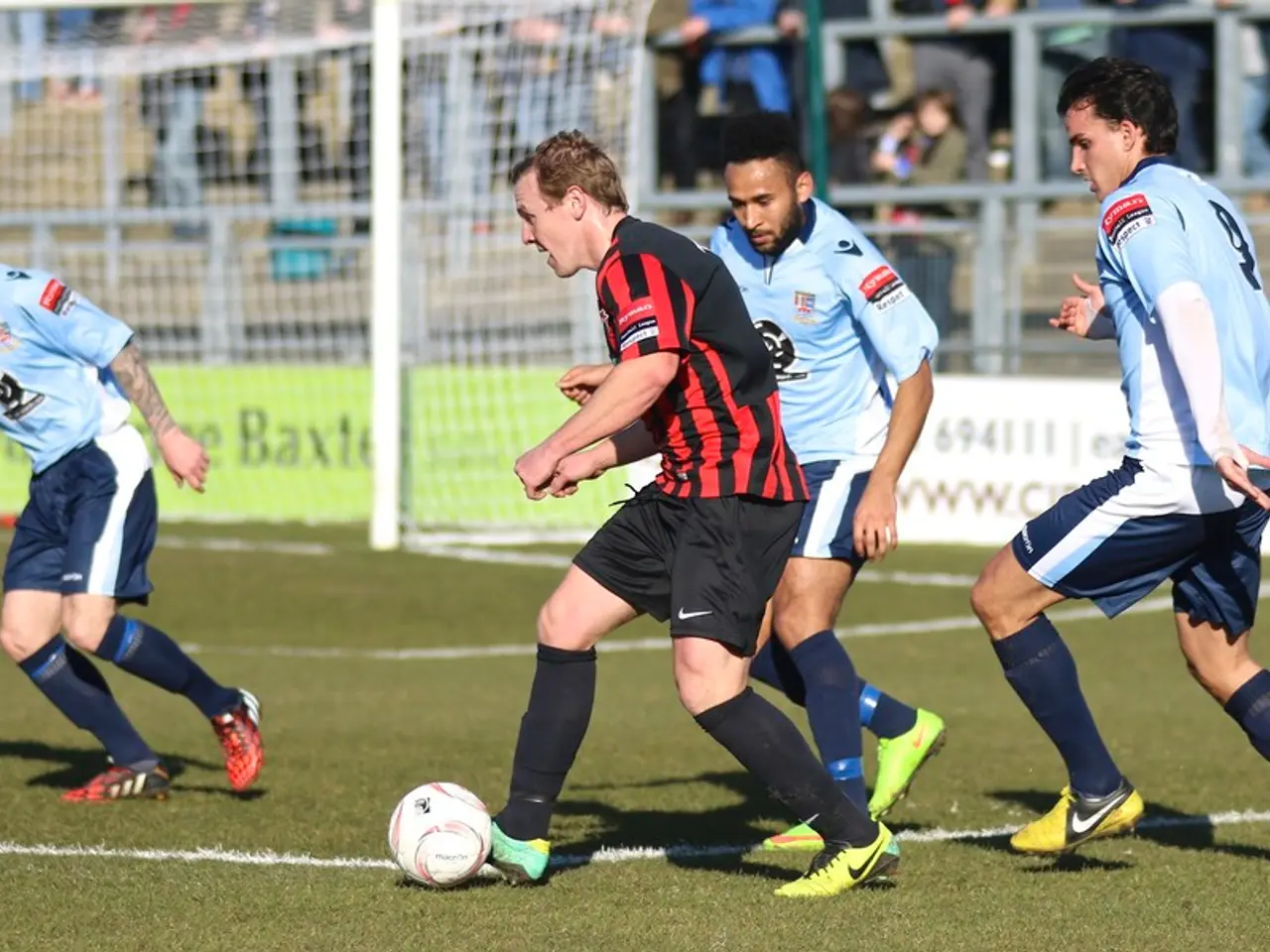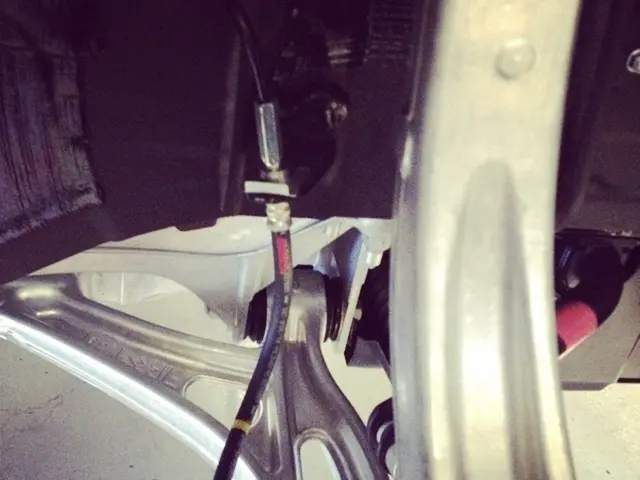Liverpool's transfer spending of around £446 million challenged by Simon Jordan, who dismisses the suggestion with the remark: "It's not a huge amount of money."
Liverpool Football Club has made some significant moves in the transfer market, with the addition of players such as Jarell Quansah, among others. However, the exact transfer amounts for these players remain undisclosed, as reported in the last two transfer windows. No clear evidence of transactions outside the stated sums in the articles has been found.
In a departure from the past, Liverpool paid slightly higher fees than anticipated for some of the best players. This shift in approach can be attributed to the changing market dynamics, with market rates being applied to the club's signings.
The commercial landscape of football has evolved significantly, with substantial revenues pouring into English football clubs. Liverpool, in particular, has seen a surge in commercial revenues, much like their German counterparts. The commercial revenues in German football are substantial, with a large portion coming from sponsorship deals. The Allianz Arena, for instance, boasts huge sponsorship deals with companies like Audi.
Liverpool's financial prowess is evident in their financial reports. In the season before last, their turnover was £620million. The season just gone, Liverpool's turnover is expected to exceed £700million. This growth in revenue has allowed the club to compete in the transfer market, breaking the British transfer record not once, but twice. First, with the £116.5m arrival of Florian Wirtz, and then again with the £125m arrival of Alexander Isak.
The Premier League, too, has seen a surge in spending, with over £3billion spent on signings during the summer window. This spending spree, however, has sparked debate among football pundits. Former Liverpool star Danny Murphy mentioned that in the past, Liverpool tended to go for more affordable players like Sadio Mane, Philippe Coutinho, and Andy Robertson.
Former Crystal Palace owner Simon Jordan explained why Liverpool's total spent in the transfer window shouldn't be assessed in the same light as it has been. He pointed out that the club has consolidated and conflated two summer transfer windows into one, which could skew the perception of their spending.
Liverpool's transfer strategy in the past was to acquire some of the best players, but often for cheaper amounts. This approach has now evolved, with the club investing more in the transfer market to secure top talent. The market has slightly changed, and in this instance, the market rates are being applied to Liverpool's signings.
One of the most iconic transfers in Liverpool's history was the purchase of Kenny Dalglish for £440k from Celtic, a sum made possible by the sale of Kevin Keegan. This transaction underscores the club's ability to make strategic acquisitions, even with more modest budgets.
As Liverpool continues to compete at the highest level, their transfer strategy will undoubtedly remain a topic of interest. The club's spending in the recent transfer window, while significant, should be viewed in the context of their evolving financial landscape and strategic approach to the transfer market.








